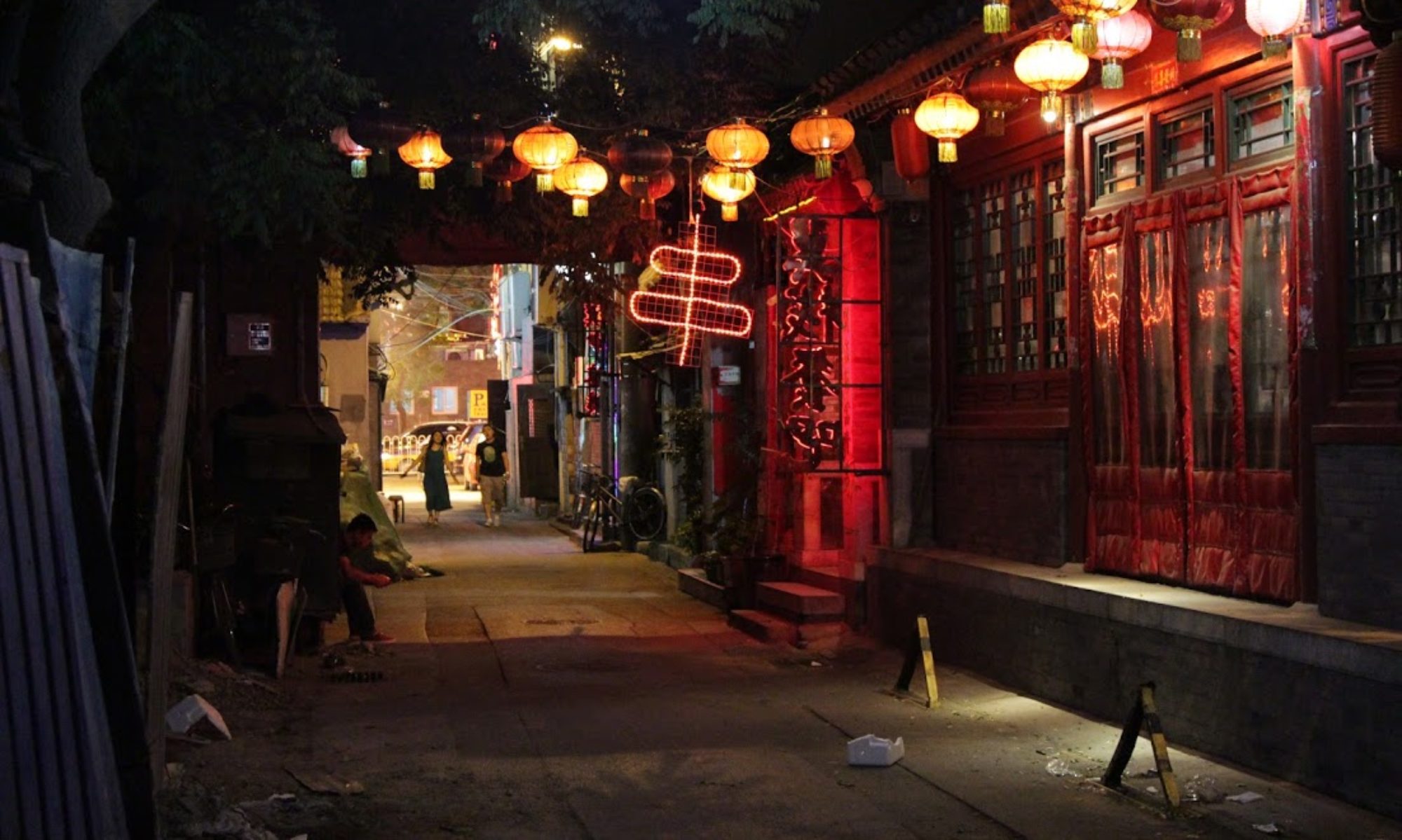Before arriving, I had no idea what Burmese food would taste like. I knew Burma was between India and Thailand on a map, and guessed it would be some sort of combination of the two.It turns out I was partially right; their cuisine is heavily influenced by geography. Samosas and biryani were sold on the street, while their curry was to-die for.
For breakfast, the two most famous dishes are mohinga soup and fritters. Mohinga, the unofficial national dish, is a breakfast rice noodle soup in a fish broth made with lemon grass, garlic, ginger, and onions. Bone-shaped fritters and samosas are the most common street food, particularly around breakfast time. Because what could possibly start to your day better than deep-fried goodness?
 Burmese curry, one of the other national dishes, tasted different each time I ordered it. Some were lighter and almost souplike, but my favorite curry (pictured below) came as a thick paste on top of fried fish. The curry was very spicy and garlicy, but the main flavor was ginger. It reminded me almost of a heavier version of Thai curry, with even more aromatics herbs and spices.
Burmese curry, one of the other national dishes, tasted different each time I ordered it. Some were lighter and almost souplike, but my favorite curry (pictured below) came as a thick paste on top of fried fish. The curry was very spicy and garlicy, but the main flavor was ginger. It reminded me almost of a heavier version of Thai curry, with even more aromatics herbs and spices.
 Many restaurant menus had a section dedicated for Thai food. In Bagan, I couldn’t help but order a bowl of red curry.
Many restaurant menus had a section dedicated for Thai food. In Bagan, I couldn’t help but order a bowl of red curry.
 Watercress seemed to be the vegetable of choice in Burma, appearing on most menus.
Watercress seemed to be the vegetable of choice in Burma, appearing on most menus.
 On my final day in Yangon, a friend and I went to a Shan noodle restaurant. After staring at the six pages of noodles on the menu, I eventually chose Shan sticky noodle soup – mainly because I had no idea what sticky noodles were or would taste like.
On my final day in Yangon, a friend and I went to a Shan noodle restaurant. After staring at the six pages of noodles on the menu, I eventually chose Shan sticky noodle soup – mainly because I had no idea what sticky noodles were or would taste like.
While I was waiting for the Shan noodles to arrive, to my side a lady was stuffing dumplings with minced spinach and folding them.

 After watching her complete the tray, I couldn’t help but order a plate. What I did not anticipate was how they arrived – fried in one large dumpling pancake. The top layer was as thin as paper, while the bottom of the dumplings remained soft and tender as if boiled.
After watching her complete the tray, I couldn’t help but order a plate. What I did not anticipate was how they arrived – fried in one large dumpling pancake. The top layer was as thin as paper, while the bottom of the dumplings remained soft and tender as if boiled.
 Finally, my sticky noodle soup arrived. Let me tell you something – when Burmese people say ‘sticky’ noodles, they mean it. It took me several minutes to de-clump them enough to grab my first bite. But they were worth the effort. The noodles were fully cooked, yet chewy – and paired well with the full-bodied gingery, garlicy, fish and soy sauce broth.
Finally, my sticky noodle soup arrived. Let me tell you something – when Burmese people say ‘sticky’ noodles, they mean it. It took me several minutes to de-clump them enough to grab my first bite. But they were worth the effort. The noodles were fully cooked, yet chewy – and paired well with the full-bodied gingery, garlicy, fish and soy sauce broth.
 While five days certainly isn’t enough time to fully understand a culture or its food, I loved everything I tasted. Burmese food is extremely influenced by their geography next to Thailand, India, and China – all of which have cuisines I love. I look forward to breaking out my new Burmese cookbook and trying some new dishes when I return in August!
While five days certainly isn’t enough time to fully understand a culture or its food, I loved everything I tasted. Burmese food is extremely influenced by their geography next to Thailand, India, and China – all of which have cuisines I love. I look forward to breaking out my new Burmese cookbook and trying some new dishes when I return in August!

